According to the national land use plan until 2030 approved by the National Assembly , by 2030, there will be an additional 120,000 hectares of industrial parks, of which the industrial land area for lease will be about 80,000 hectares. In the coming time, the demand for attracting investment in projects in industrial parks is very large, with an estimated total investment capital for infrastructure development and filling of industrial parks by the planning time reaching 670 billion - 720 billion USD.
 |
| Building synchronous infrastructure at Phu Ha Industrial Park ( Phu Tho ). (Photo: LE TIEN) |
However, reality shows that there are still many shortcomings that make the investment capital flow into industrial zones not as expected. If not overcome soon, these barriers will hinder the development of the industrial zone system and the whole economy .
Barriers blocking investment flows
Dr. Can Van Luc, Chief Economist of the Bank for Investment and Development of Vietnam (BIDV), said that there are currently six sources of capital invested in industrial park real estate. These are the state budget in the form of seed capital, incentives, tax exemption/reduction, social housing, the Socio-Economic Recovery and Development Program; foreign capital including loans, bond issuance, and sale of shares; capital mobilized from the stock market, bonds, and investment funds; customer deposits; credit capital and equity and contributed capital of enterprises.
Of which, outstanding credit for industrial parks as of the end of August 2023 reached 65 trillion VND, accounting for 6.6% of total outstanding real estate business loans and increasing by more than 41% compared to the end of 2022. This is a fairly rapid growth rate but the scale is still low compared to the investment needs to develop the industrial park system nationwide.
According to the Chairman of the Vietnam Financial Consulting Association (VFCA) Le Minh Nghia, the research results of the Institute of Strategy and Financial Policy (Ministry of Finance) show that the financial policy system applied to Vietnam's industrial parks currently includes 5 policy groups: Tax and fee policy; investment policy; credit policy; land policy and other policies. However, in practice, the role of credit policy is still relatively vague; financial resources for the development of technical infrastructure of industrial parks are still very limited, leading to incomplete infrastructure, prolonged construction delays, and therefore difficulty in attracting investment.
In addition, the overlapping of investment incentive regulations by location means that some industrial parks are not entitled to preferential policies. At the same time, the preferential corporate income tax policy for enterprises operating in industrial parks is not really attractive... "In addition to finance for infrastructure development and investment in production and business, providing suitable financial products, contributing to improving the quality of life for workers in industrial parks is also very important. However, this is still a market segment that is almost completely neglected," said Mr. Le Minh Nghia.
Notably, by 2030, about 40%-50% of localities will implement plans to convert existing industrial parks into eco-industrial parks and 8%-10% of localities will have plans to build new eco-industrial parks. However, as of December 2022, the green credit balance of the banking system has only reached VND500 trillion and there is almost no credit policy to promote access to capital for eco-industrial parks. Economic experts are concerned that without timely investment capital, Vietnam may miss out on the green investment wave that is becoming a key trend for international investors.
Identifying the barriers that are slowing down the flow of financial investment in industrial park development, Dr. Phan Huu Thang, former Director of the Foreign Investment Agency and interim Chairman of the Vietnam Industrial Park Finance Association (FAIP), said that there are three major problems, including institutional shortcomings, cumbersome administrative procedures and limitations in human resource qualifications. These are barriers that need to be resolved to unblock the flow of financial investment into industrial parks, meeting development requirements in the new period.
According to Dr. Phan Huu Thang, over the past 35 years, Vietnam has developed a system of industrial parks with many successes and the limitations and problems are only secondary. However, if not overcome soon, these limitations will become a threat to the development of the industrial park system, affecting the aspiration of building Vietnam into a prosperous country with a self-reliant economy with high technology and rich national identity.
Propose many solutions
Based on the reality of 20 years of investment activities in the field of business and construction of technical infrastructure of industrial parks, the representative of Dai An Joint Stock Company said that the biggest difficulty for enterprises today is site clearance. According to current regulations, the State is responsible for handing over clean land to investors, but in reality, investors always have to accompany the State to clear the land and this stage is often prolonged, affecting the progress of the project.
Sharing the same view, lawyer Bui Van Thanh, Vice President of the International Investment Research Institute Co., Ltd., said that in the early stages of industrial park development, it only took businesses about a year to complete investment procedures to build industrial parks, but recently, this process has been extended to about three years, greatly affecting the costs and business opportunities of businesses. Therefore, institutional reform is one of the urgent requirements to promote the development of industrial park infrastructure in the coming time.
Giving advice to Vietnam on the direction of industrial park development, Mr. Yutaka Morimoto, former Director of Nomura Hai Phong Industrial Park, noted two points. That is, it is necessary to point out the differences between Vietnam and other countries in attracting investment (for example, human resource advantages) and to develop supporting industries early, creating links between domestic enterprises participating in the supply chain because foreign investors often want to have a source of supply right in the country receiving investment.
From the perspective of a financial solutions expert, Mr. Ranjit Thambyrajah, Chairman of Acuity Funding (Australia), said that investors are interested in investing in high-tech and eco-tech fields because this is an irreversible trend. Currently, Vietnam lacks diverse financial products and specialized services necessary for ongoing development. The market also needs progressive credit policies that are friendly to developers and investment projects. Therefore, the Government needs to be more open to the activities of foreign investment funds.
To mobilize large capital sources for investment in industrial parks in the coming years, economic experts suggest that Vietnam needs to make fundamental changes in unblocking capital flows, creating favorable conditions for investors to access production factors and innovating investment promotion activities. According to Dr. Can Van Luc, the solutions that need to be promoted are to soon complete institutions; speed up the review and timely removal of obstacles for industrial park real estate projects; resolutely implement approved socio-economic development plans and accelerate public investment disbursement to upgrade infrastructure connecting industrial parks.
In addition, it is necessary to specify criteria for ecological industrial parks with preferential policies, promptly resolve existing problems in the financial market; diversify real estate financial institutions to open up capital mobilization channels.
Industrial park development is one of the important contents in Vietnam's investment attraction strategy and orientation. Currently, the country has 414 industrial parks, including four export processing zones established in 61/63 localities with a total natural land area of nearly 128,688 hectares, a total industrial land area of 89,126 hectares, and 26 border economic zones and 18 coastal economic zones. To date, 293 industrial parks have been put into operation.
Source: Ministry of Planning and Investment
Source: https://nhandan.vn/khoi-thong-nguon-luc-tu-cac-khu-cong-nghiep-post793890.html
Source









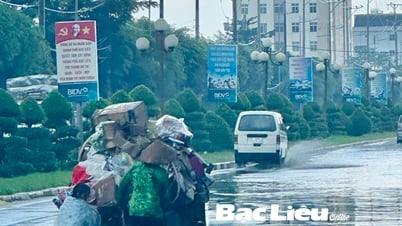




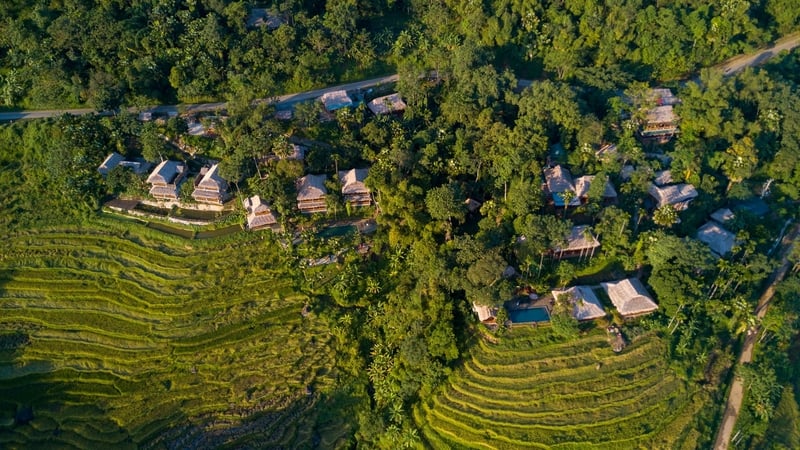



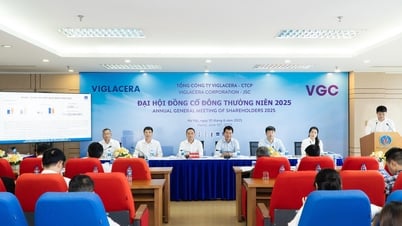
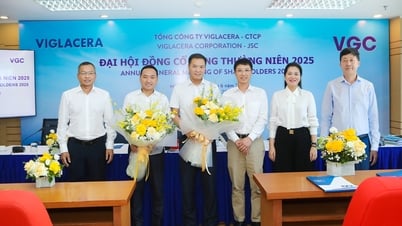

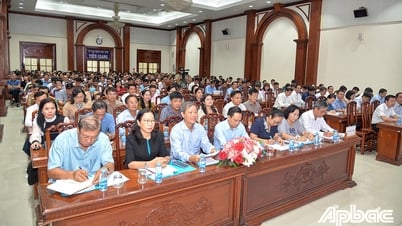
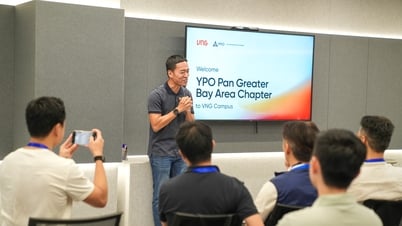
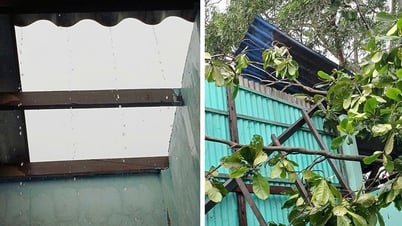





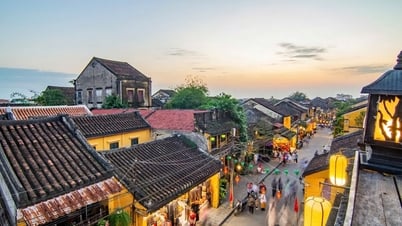



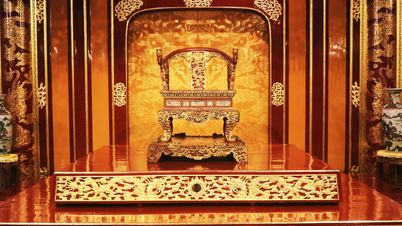
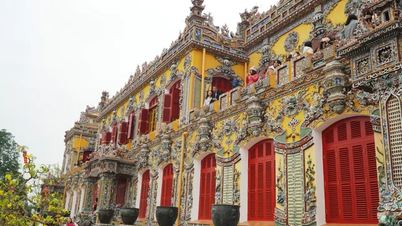






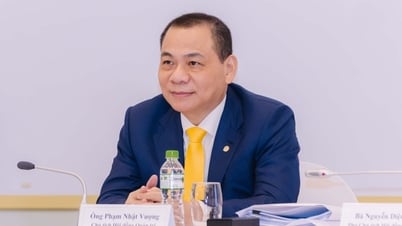










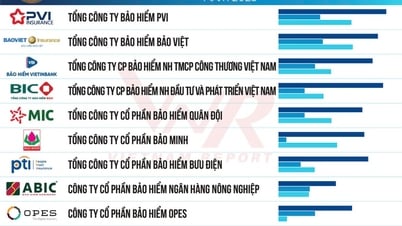

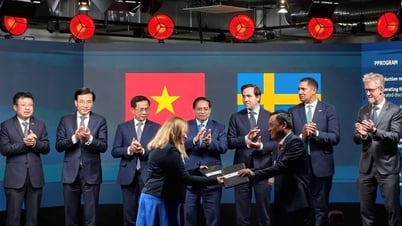
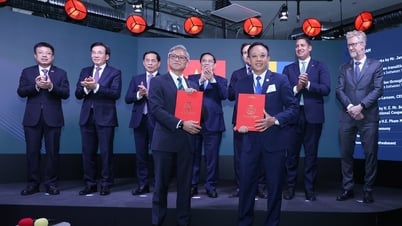

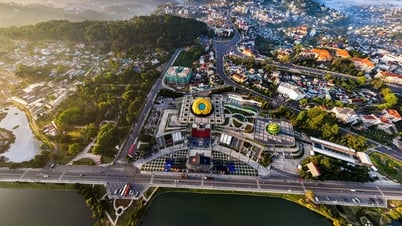
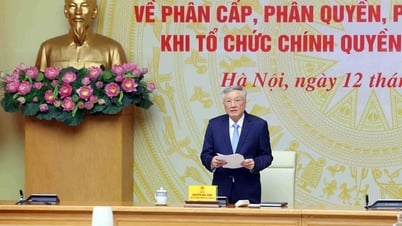

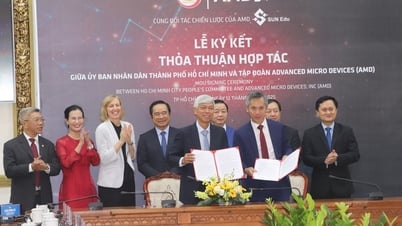
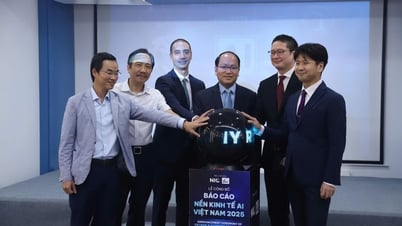

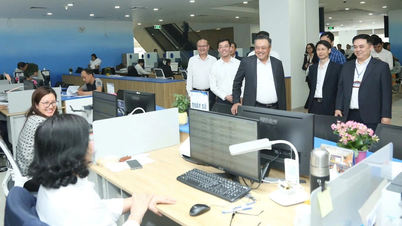


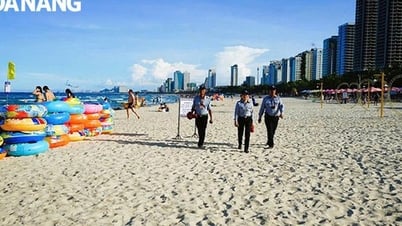




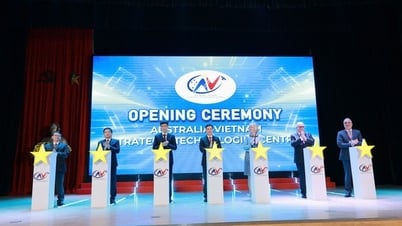

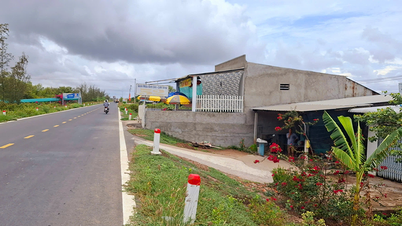


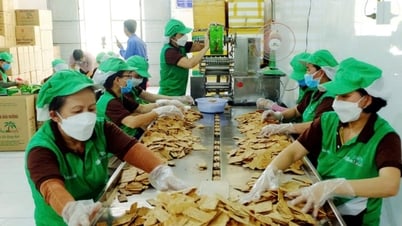

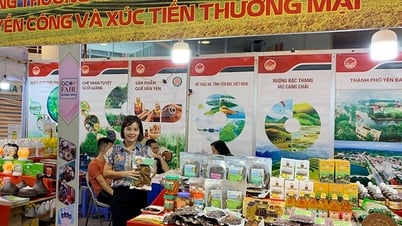



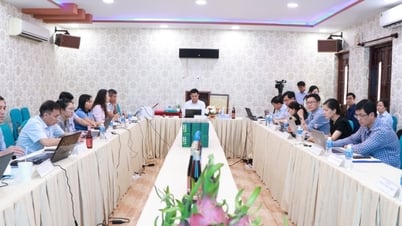

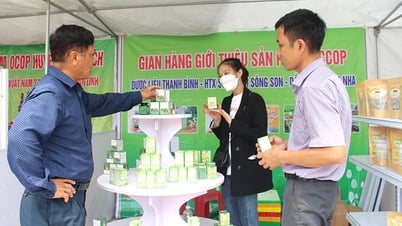



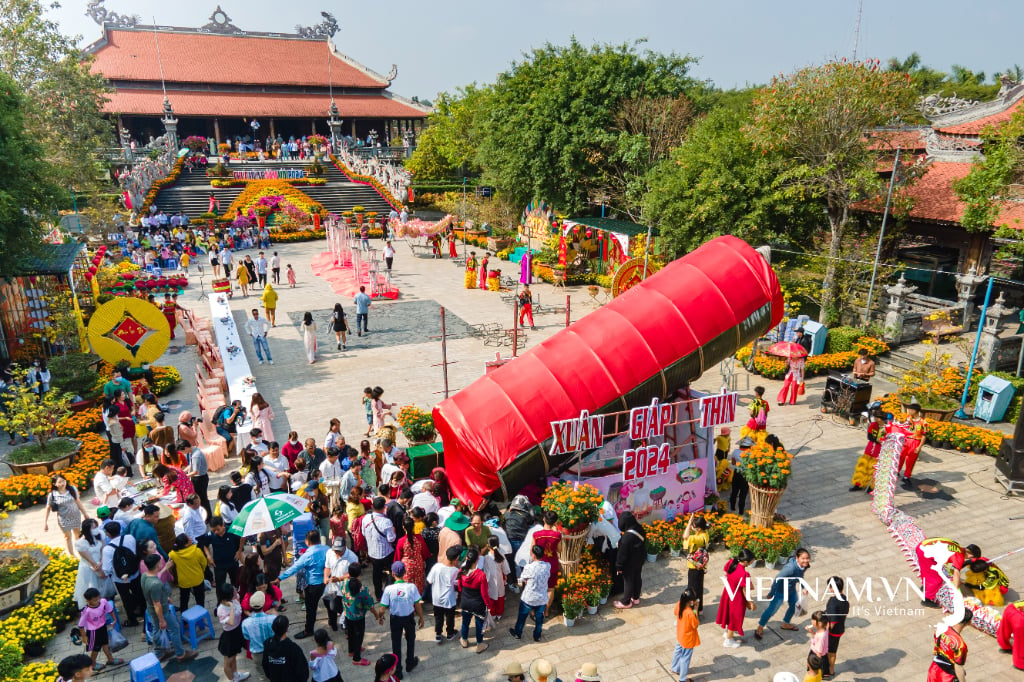

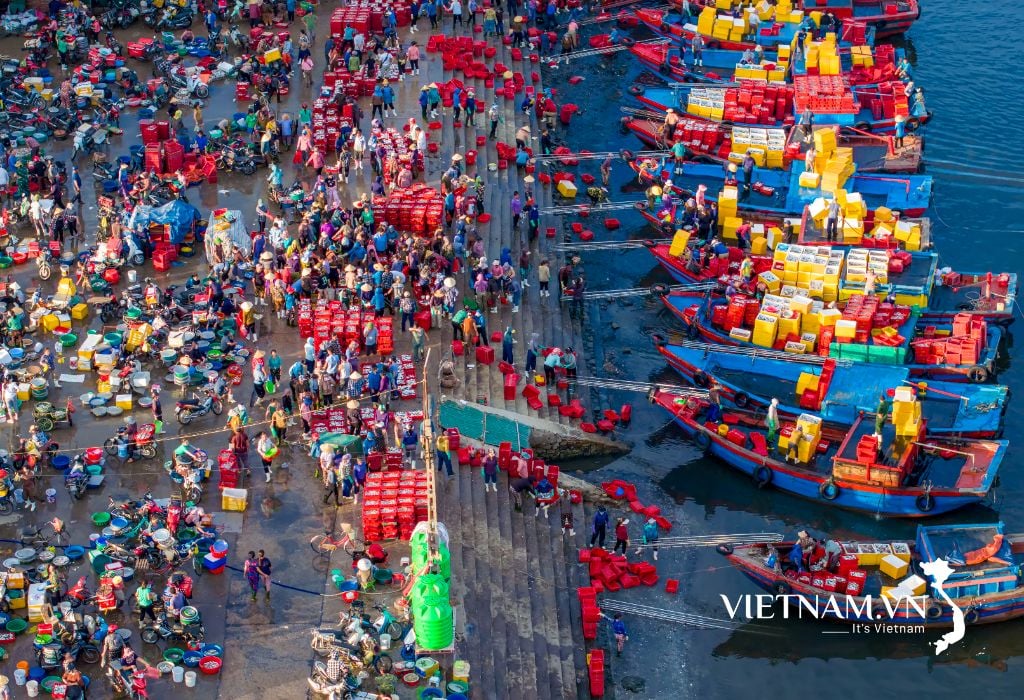
Comment (0)